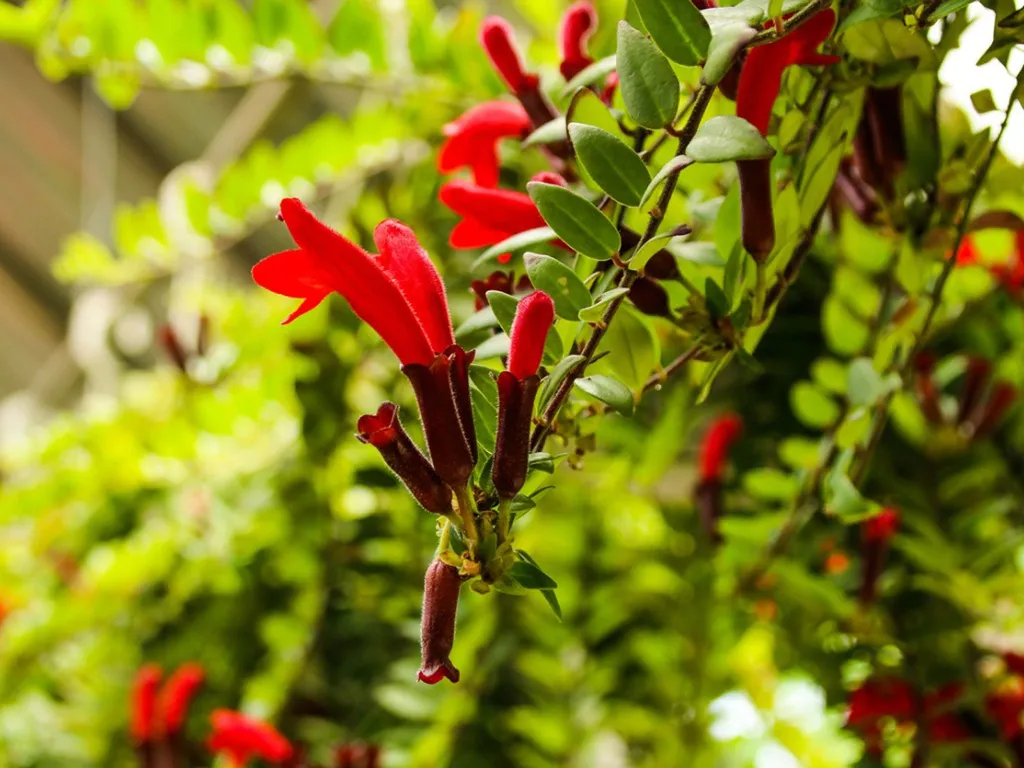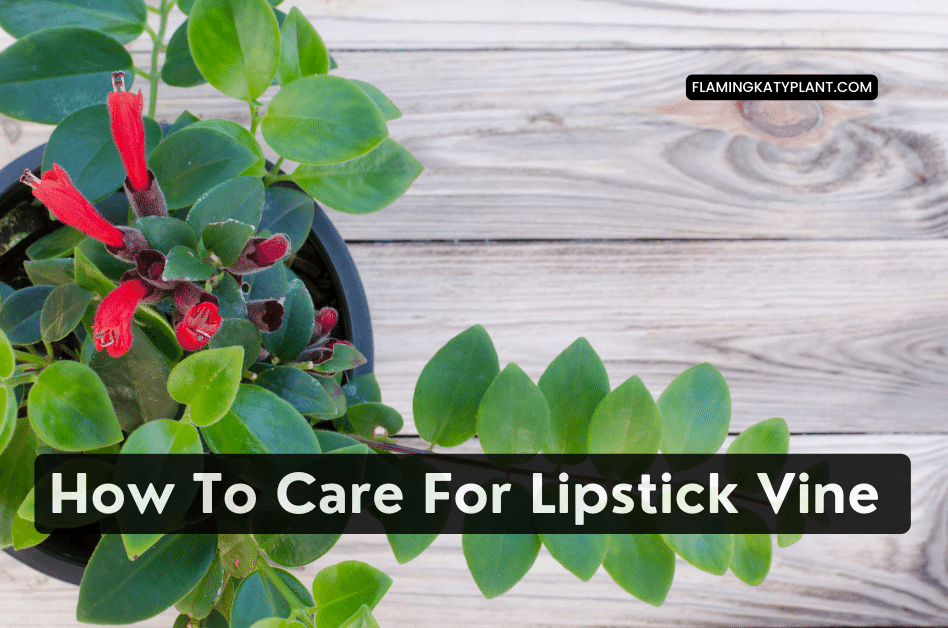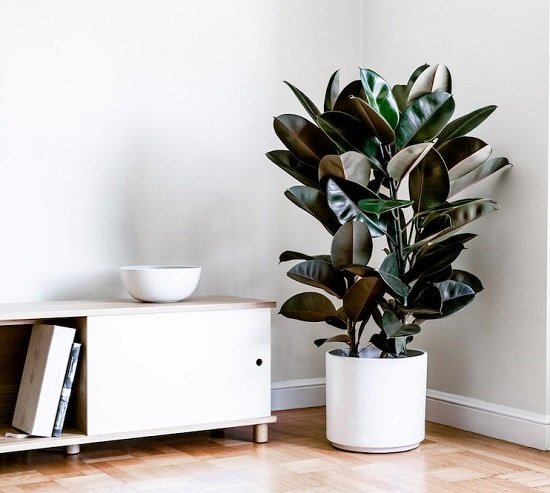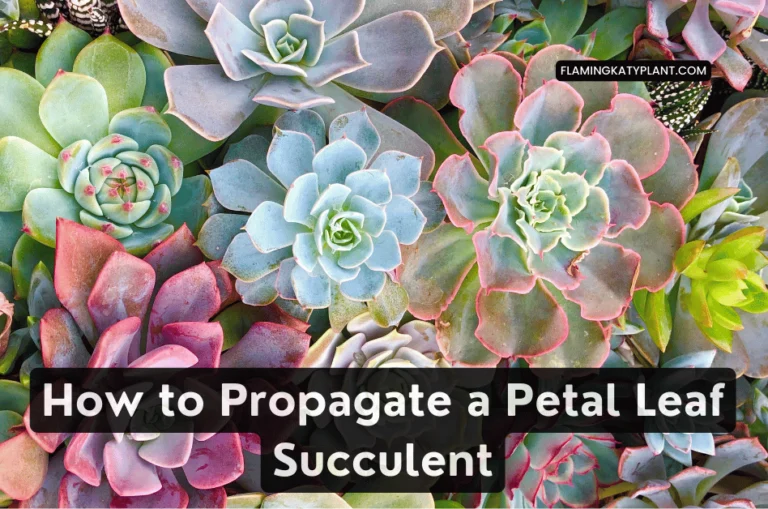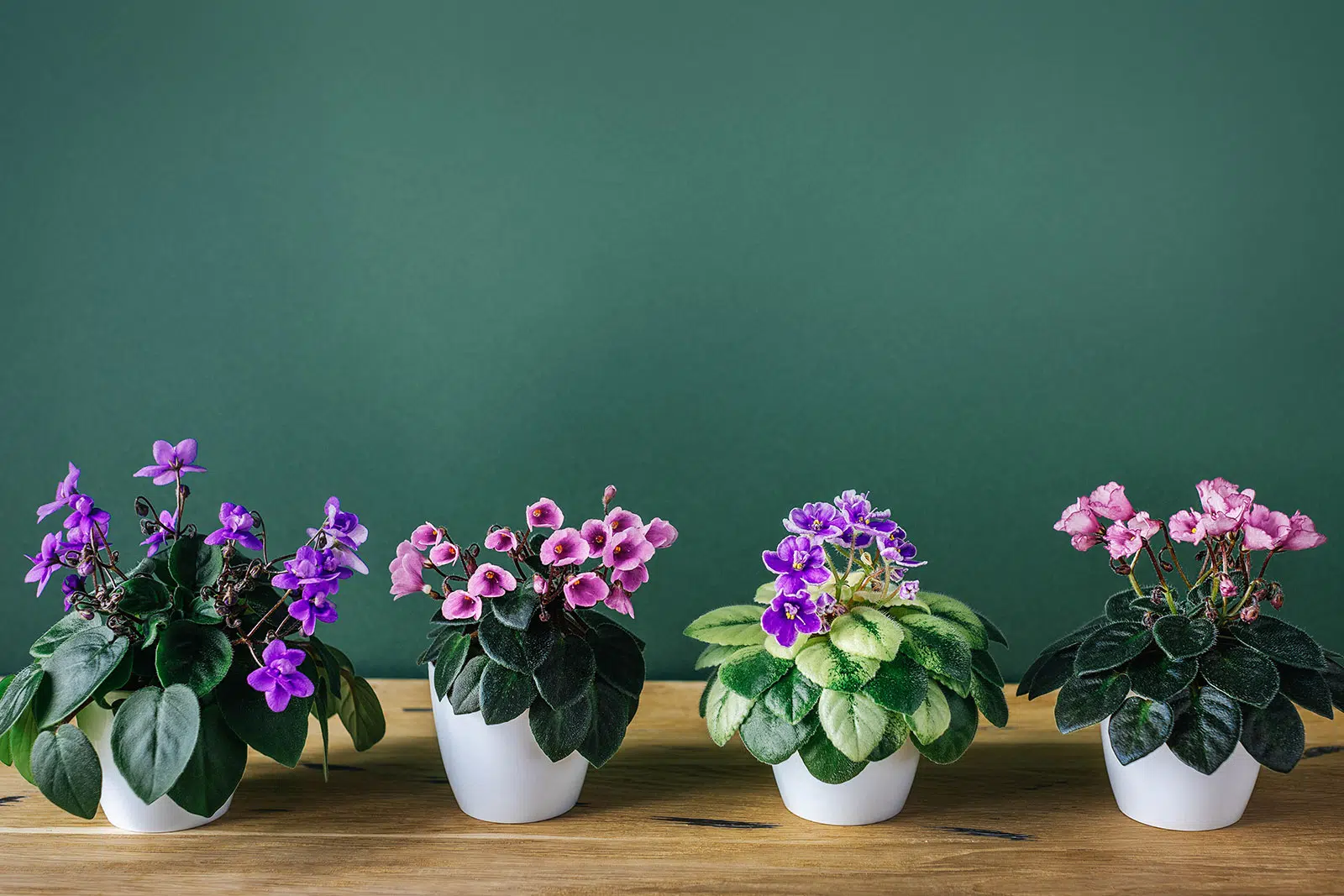How To Care For Lipstick Vine (Aeschynanthus radicans)
How to Care for Lipstick Vine (Aeschynanthus radicans): A Detailed Guide
The Lipstick Vine, known scientifically as Aeschynanthus radicans, is a popular and attractive houseplant famous for its vibrant, tubular red flowers that resemble lipstick tubes. Native to the tropical regions of Southeast Asia, this trailing plant is perfect for hanging baskets and can add a splash of color to any indoor space. Here’s a comprehensive guide to help you care for your Lipstick Vine and keep it thriving.
1. Light Requirements
Lipstick Vines thrive in bright, indirect light. Too much direct sunlight can scorch the leaves, while insufficient light can prevent flowering. Place your plant near an east or north-facing window where it can receive plenty of filtered light. If natural light is limited, you can use fluorescent or LED grow lights to supplement.

2. Watering
Lipstick Vines prefer evenly moist soil, but they are sensitive to overwatering. Follow these tips to ensure proper watering:
- Water the plant when the top inch of soil feels dry to the touch.
- Use room temperature, distilled, or rainwater to avoid chlorine and fluoride, which can damage the plant.
- Water thoroughly until water drains out of the bottom of the pot, then empty the saucer to prevent the roots from sitting in water.
- Reduce watering in the fall and winter when the plant’s growth slows, allowing the soil to dry out slightly more between waterings.
3. Humidity
Lipstick Vines thrive in high humidity environments, ideally between 50-60%. To maintain adequate humidity:
- Use a humidifier near the plant.
- Place the pot on a tray filled with water and pebbles.
- Group plants together to create a micro-humid environment.
- Regularly mist the leaves with water, especially in dry indoor conditions.
4. Temperature
Lipstick Vines prefer temperatures between 65-80°F (18-27°C). They are sensitive to cold drafts and sudden temperature changes. Keep the plant away from windows or doors that may have cool drafts and from heating or air conditioning vents. Avoid exposing the plant to temperatures below 60°F (15°C).
5. Soil and Potting
Lipstick Vines require well-draining soil. A suitable mix is one part potting soil, one part peat moss or coco coir, and one part perlite or sand. This combination ensures good drainage while retaining some moisture. Repotting should be done every 2-3 years or when the plant becomes root-bound, ideally in the spring. Choose a pot that is only slightly larger than the current one to avoid excess moisture retention.
6. Fertilizing
Feed your Lipstick Vine every 4-6 weeks during the growing season with a balanced, water-soluble fertilizer diluted to half strength. Avoid fertilizing in the fall and winter months when the plant’s growth slows. Over-fertilizing can lead to a buildup of salts in the soil, which can harm the plant. Organic fertilizers, like fish emulsion or worm castings, can also be used sparingly.

7. Pruning
Regular pruning helps maintain the plant’s shape and encourages bushier growth. Use clean, sharp scissors or pruning shears to trim back any leggy or overgrown stems. Remove any yellow or damaged leaves to keep the plant healthy. When pruning, always cut just above a leaf node to encourage new growth. Pruning also helps improve air circulation around the plant.
8. Propagation
Lipstick Vines can be propagated through stem cuttings:
- Stem Cuttings: Take a cutting with at least one node and a few leaves. Allow the cutting to dry for a day to callous over, then plant it in a moist soil mix or place it in water. If rooting in water, change the water every few days to prevent stagnation. Once roots develop, transfer the cutting to a pot with well-draining soil. Keep the new plant in a warm, humid environment until it establishes new growth.
9. Pest and Disease Management
Lipstick Vines can be susceptible to pests like spider mites, aphids, and mealybugs. Regularly inspect the plant for signs of pests, such as sticky residue, webbing, or visible insects. Treat infestations with insecticidal soap, neem oil, or by wiping the leaves with a damp cloth. Proper watering and good air circulation help prevent fungal and bacterial diseases. If you notice any signs of disease, such as black spots or yellowing leaves, remove the affected areas and adjust watering practices.
10. Special Care Tips
- Flowering: To encourage blooming, make sure the plant receives adequate light and avoid moving it frequently, as Lipstick Vines can be sensitive to changes in their environment. Provide a balanced fertilizer during the growing season and keep the humidity high.
- Support: Use a trellis or support structure if you want the plant to grow upright, or let it trail naturally in a hanging basket for a cascading effect.
Conclusion
Lipstick Vines, with their vibrant flowers and trailing habit, can be a stunning and rewarding addition to your indoor garden. By providing the right light, moisture, and environment, you can enjoy the beauty and growth of this plant for years. Regular maintenance, including proper watering, fertilizing, and pruning, will ensure your Lipstick Vine remains healthy and vibrant. Whether you are a seasoned gardener or a beginner, Aeschynanthus radicans offers a visually captivating and manageable plant care experience.
